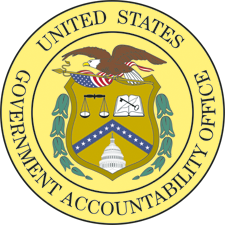The Government Accounting Office (GAO) took a look at 80 401(k) plans and concentrated on the features that they believe limit an employee’s ability to save. While the Internal Revenue Code and ERISA currently allow all of these features, so it’s great to focus on them and see whether they are really necessary.
At the small sample of plans they looked, they found that 41% of these 401(k) plans don’t permit those younger than 21 to participate. While the statutory requirements allow an employer to maintain an age 21 and one year of service requirement, I think this is an unnecessary requirement. Why is that? Employers can certainly allow those under 21 to be involved in the plan as well as those who didn’t complete that year of service, but still be allowed to test the plan as if they still had the age 21 and one year of service requirement. We call that the otherwise excludable rule. So aside from worrying about turnover and small account balances, I don’t think it’s right to impose an age 21 requirement especially if this is a place of employment where young people work. A 401(k) plan shouldn’t be treated like a bottle of beer.
The GAO stated that 71% of these plans had a vesting provision for employer contributions. I like vesting, I think you need to spend a certain amount of time with an employer to receive a non-forfeitable right to the contributions they’re giving you. A vesting schedule to me is an incentive tool to keep good employees for working for you. In the early days of ERISA, you could have a 10-15 year vesting schedule. Now it’s a 6-year maximum schedule. Having never spent more than 5 years at one place, I could see how that would negatively impact my savings, but I still think that it’s a tool for employers to use.
The GAO then says that 24% of plans require participants to be an employee on the last day of the plan year to receive a match. While many people will think that’s a low number to have that requirement, just remember that most plans that match probably match on a payroll period basis, so it’s a compliance headache to do that and then have a last day employment requirement because it would lead to forfeitures and compliance errors. Again, I like last day employment requirement. It’s an incentive to keep your good employees to stick around to get the employer contribution they’ve been working all year for.
While the GAO is asking the Treasury Department to consider making revisions that may disallow these features, I think they need to remember that not only is a retirement plan a savings vehicle for plan participants, it’s an important benefit used to recruit and retain employees.







